MUCH MORE THAN HERITAGE
Events
Essentials Baeza
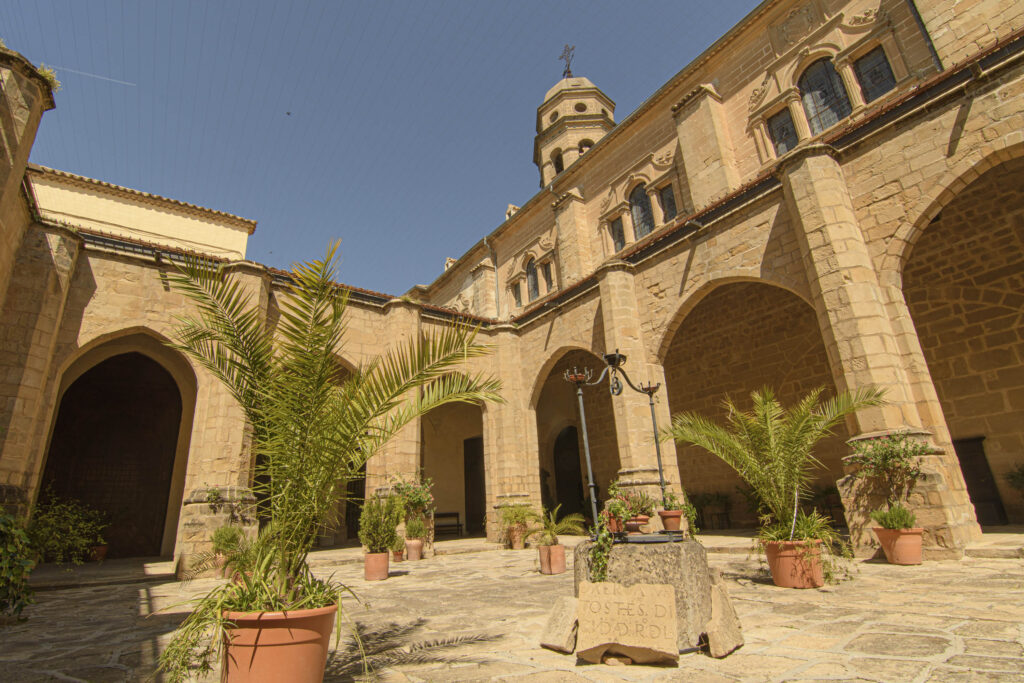
As told by Federico García Lorca in his book Impressions and Landscapes, the cathedral of The Nativity of Our Lady dominates the monumental landscape of Baeza. The watchtower is visible from afar and from its more than 50 meters high you can enjoy a magnificent view of the city and the Guadalquivir valley. Declared a National monument in 1931, the cathedral sits on an ancient Roman temple, later transformed into a Visigoth and later a mosque after the arrival of the Muslims. In 1227 it becomes under the Marian dedication of “the Nativity”, the Cathedral headquarters.
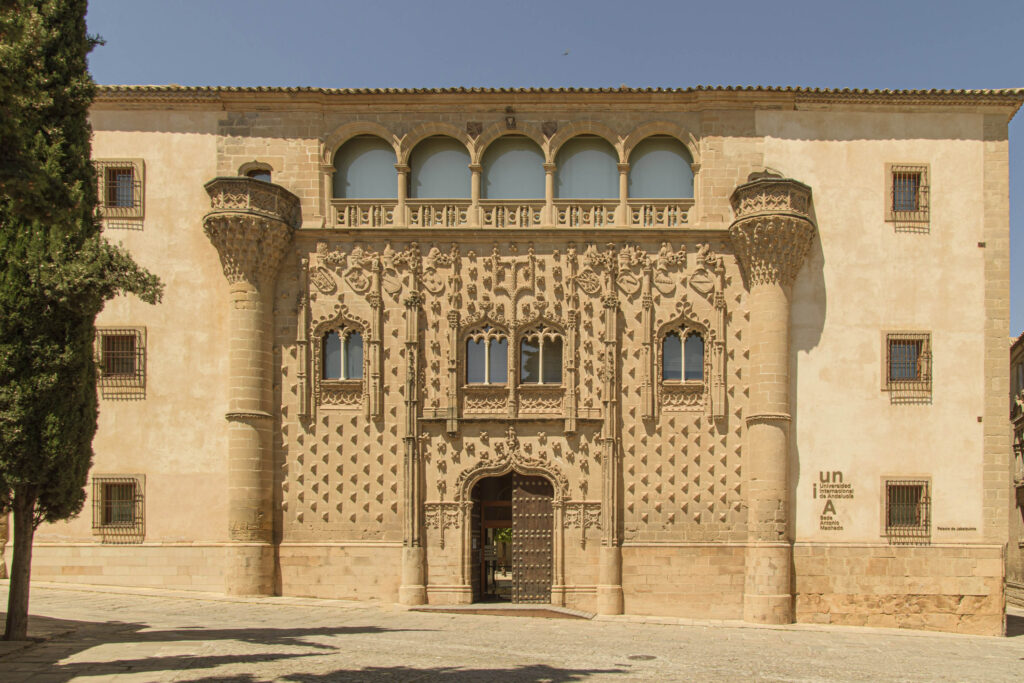
Opposite the Church of Santa Cruz stands the Palace of Jabalquinto, one of the greatest exponents of the Elizabethan or late Gothic style. Located in the town center of Baeza, it forms an inescapable monumental trio together with the aforementioned church and the main headquarters of the old university. Juan Alfonso Benavides Manrique, lord of Jabalquinto and second cousin of Fernando el Católico, had it built at the end of the 15th century.
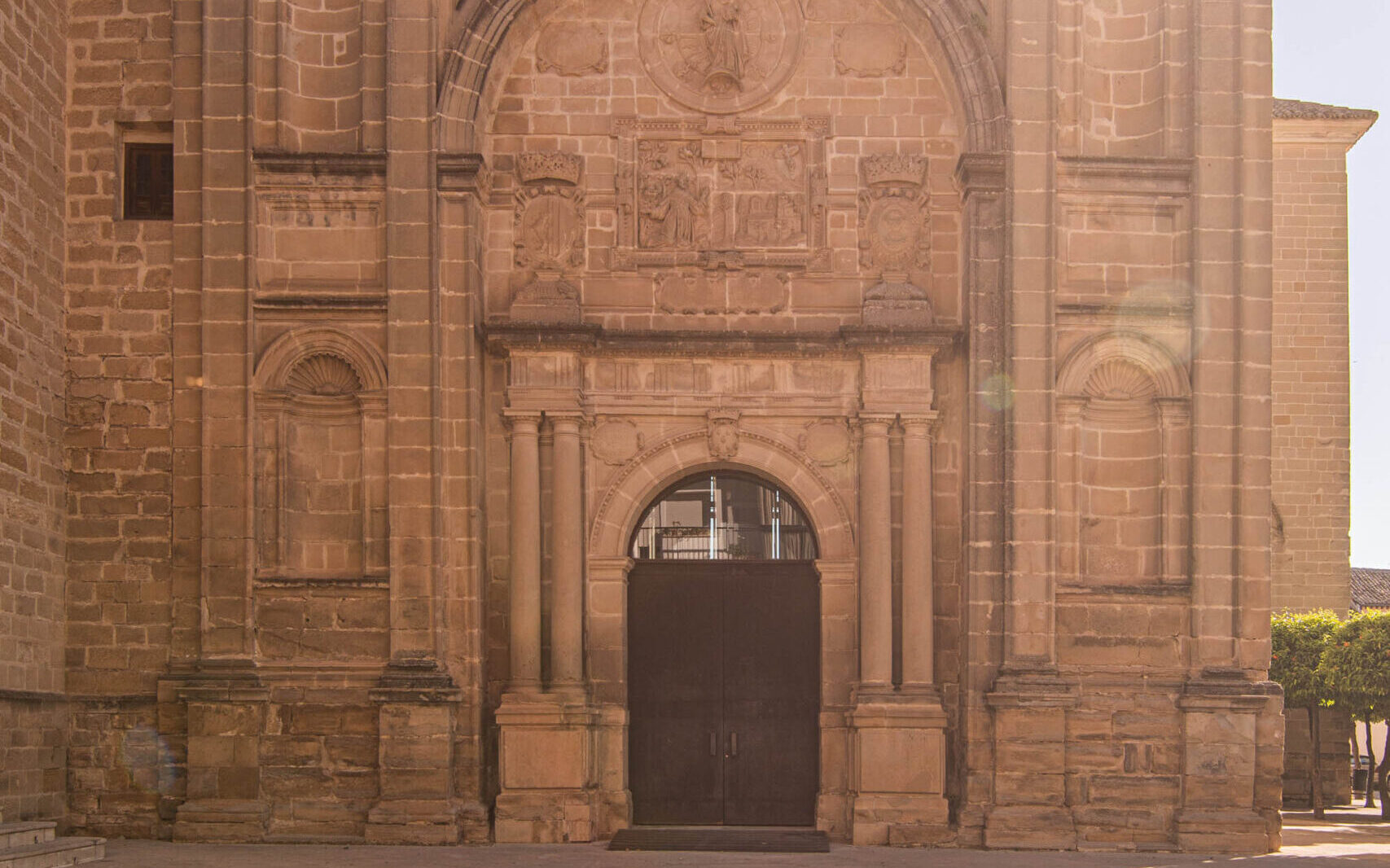
The convent of San Francisco is one of the most important works of the Andalusian Renaissance, but due to a series of misfortunes, it has not reached our days in its entirety. Earthquakes of the 18th and 19th centuries, subsequent lootings by the French during the invasion, and the passage of time have prevented us from enjoying all its grandeur today.
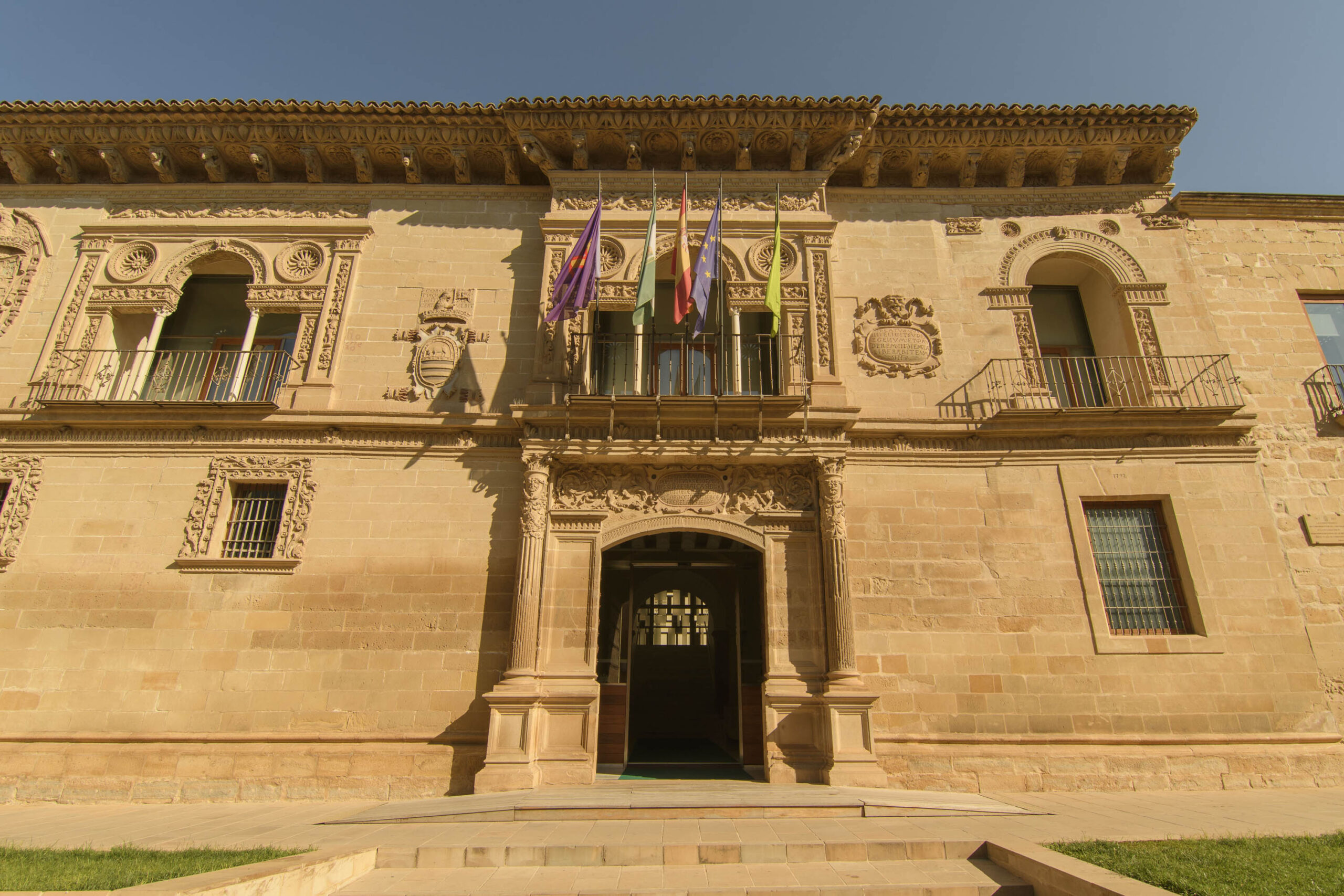
When this building was created, in 1520 and at the request of Carlos I, the idea was that it would be the city’s jail, since the previous one was in terrible conditions. In 1559 it was extended with the Casa del Corregidor to provide greater security for the complex. It did not house the Baeza Town Hall until 1867, a role it continues to perform to this day.
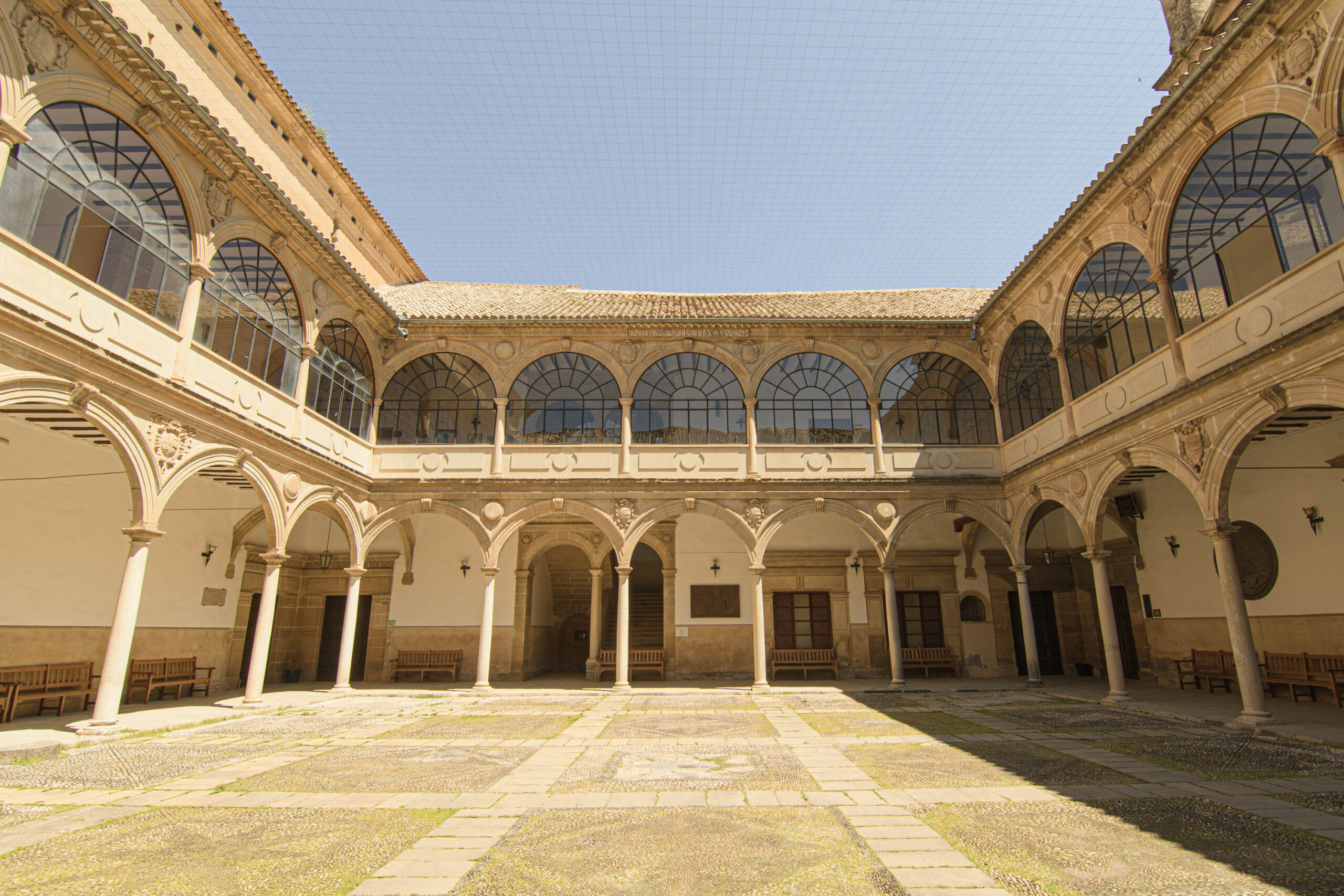
Baeza is a university city. It was from the 16th to the 19th century and it is now with the Antonio Machado headquarters of the International University of Andalusia. The original center was created in 1538 by a bull from Pope Paul III. Its primitive location was where the Baeza Museum is currently located. At that time there were barely a dozen universities in Spain.
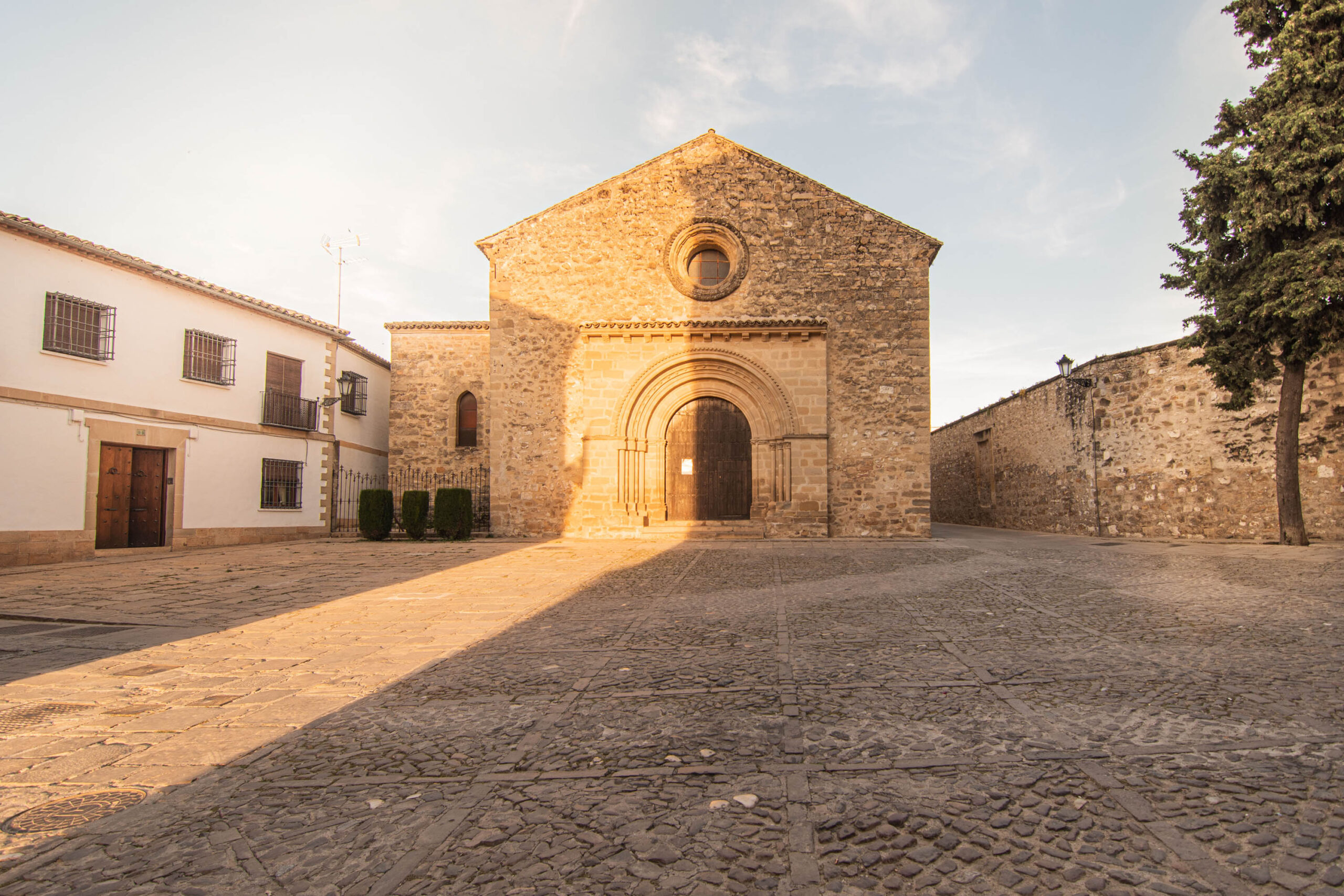
Fernando III conquered Baeza in 1227 and Christianity settled in the city. Several churches were built in a late Romanesque style, but currently, only the church of Santa Cruz remains, located in the square of the same name and front of the Jabalquinto Palace and the old University. The temple is a small jewel, one of the symbols of Baeza, declared a World Heritage Site by UNESCO in 2003.
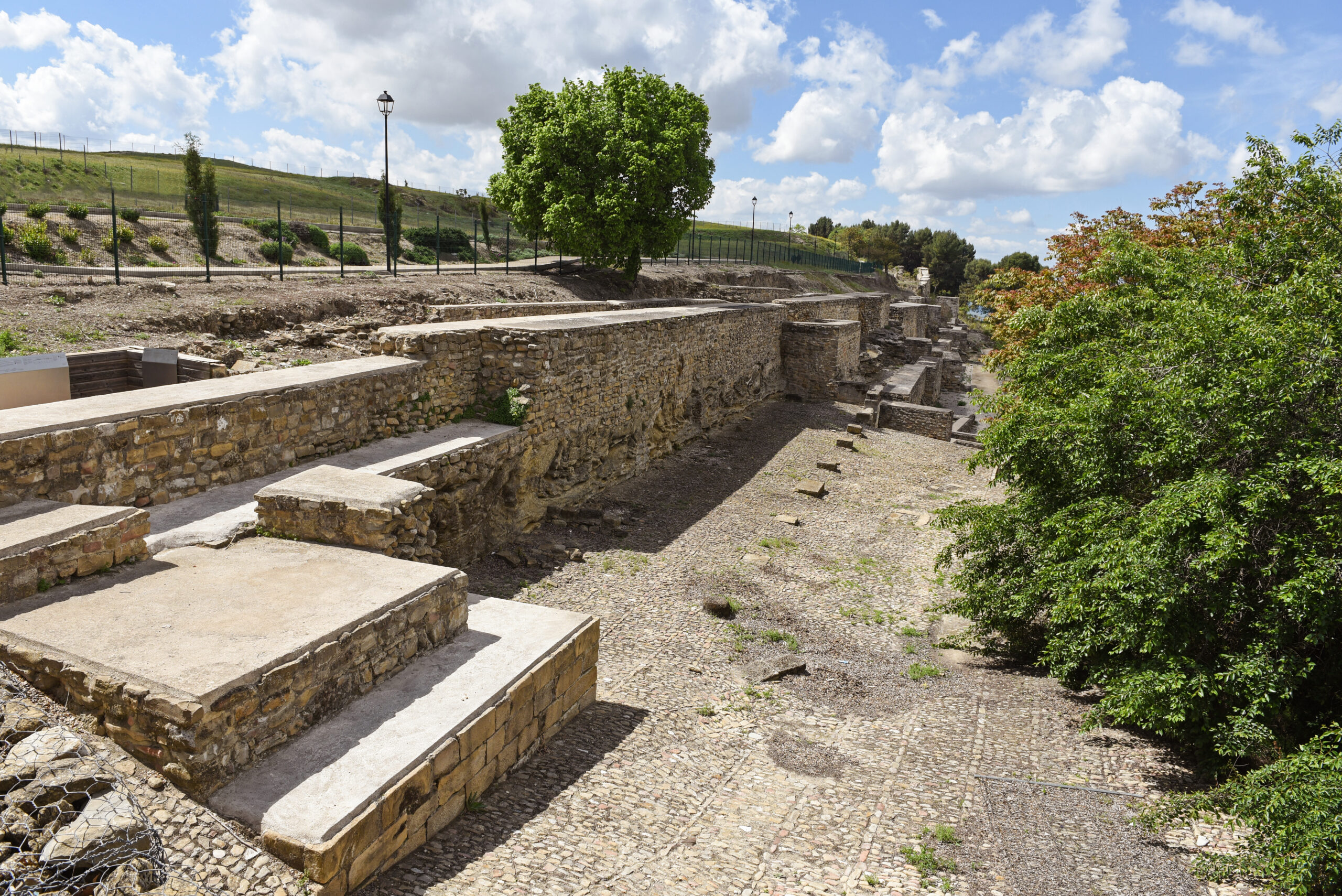
The great Spanish poet has been one of the illustrious neighbors of Baeza. He settled in the city in 1912, a few months after his young wife Leonor died, to teach French at the Baccalaureate Institute, located in the Old University. A Machado flooded with grief took refuge in the rural environment of this city and in his walks around the outskirts, which often ended at the old wall or on the road to San Antonio.

